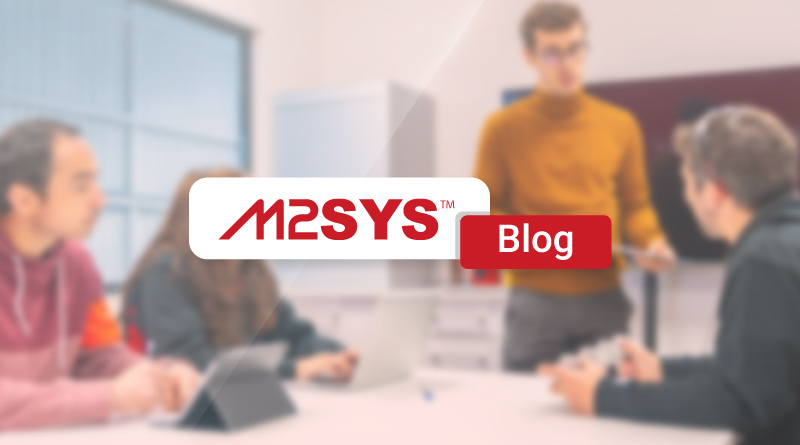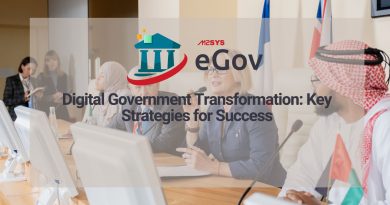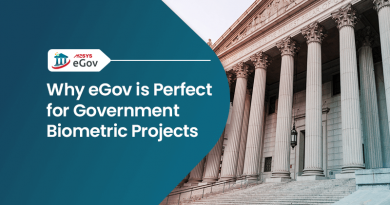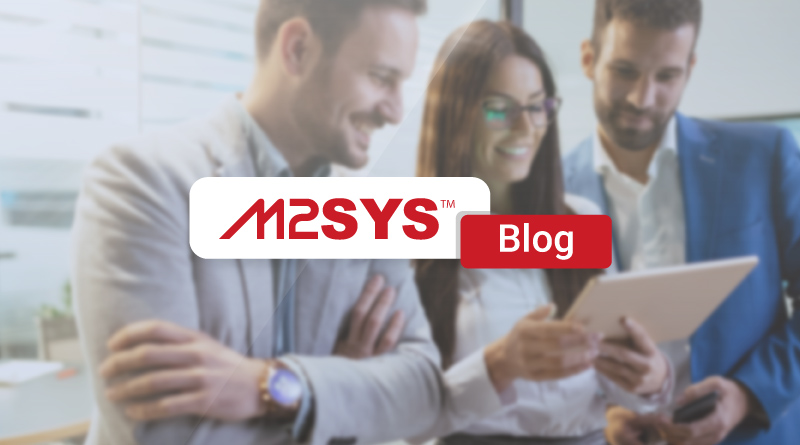Why Legacy System Modernization Is the Next Frontier for Citizen Engagement
Over 70% of government agencies still use outdated systems, causing citizen frustration and service delays. Modernizing these legacy systems can enhance citizen engagement, improve data security, and reduce inefficiencies. By upgrading, governments can transform passive residents into active partners, fostering trust and participation.
TL;DR
- Over 70% of government agencies use outdated systems, causing inefficiencies and security risks.
- Modernizing legacy systems enhances citizen engagement and secures data, reducing breaches and boosting trust.
- Secure data integration allows smooth information exchange, increasing public input by 25%.
- Strategies for upgrading include assessing current setups, using flexible tools, and leveraging cloud-based solutions.
- Successful case studies show modernization improves efficiency and citizen participation.
- Advanced platforms like M2SYS eGov offer secure, user-friendly solutions for government agencies.
- Careful planning and pilot programs minimize risks and costs during transitions.
- Future trends include AI-driven analytics and secure hybrid systems, enhancing government services.
Modernization is crucial for effective governance and citizen trust. Contact M2SYS to explore solutions that can transform your agency's operations.
Did you know that over 70% of government agencies still rely on systems built before the internet boom, leading to frustrated citizens and stalled services? This reality hits hard when people expect quick online interactions but face outdated portals that crash or leak data. Governments worldwide grapple with this gap, yet modernizing these legacy systems opens doors to stronger citizen ties. By updating old infrastructures, agencies can create secure channels for feedback and participation, turning passive residents into active partners. And with data breaches costing governments billions each year, secure upgrades become essential for trust.
What Are the Risks of Ignoring Legacy Systems in Government?
Legacy systems, often decades old, create barriers to effective citizen engagement. They struggle with modern data demands, leading to slow responses and insecure information sharing. For instance, a recent study from Deloitte shows that outdated tech causes 40% of public sector inefficiencies. Government agencies face daily pain points like incompatible software that hinders real-time feedback. Software vendors and integrators also deal with integration headaches, wasting time on patches instead of innovation. However, addressing these issues head-on can transform operations. Transitioning to updated platforms ensures data flows securely, complying with rules like GDPR and HIPAA. As a result, citizens gain confidence in sharing opinions through encrypted tools, boosting participation rates.
How Does Secure Data Integration Boost Citizen Feedback?
Secure data integration lies at the heart of modernization efforts. When agencies connect legacy databases to new systems, they enable smooth information exchange without exposing sensitive details. This approach solves common problems, such as fragmented data silos that confuse both staff and citizens. For example, integrators often spend months bridging old and new tech, but streamlined methods cut this time dramatically. Moreover, real-time dashboards allow quick analysis of feedback, helping leaders make informed choices. In fact, governments that prioritize this see a 25% rise in public input, according to Gartner reports. So, by focusing on privacy-first strategies, agencies foster inclusive environments where everyone feels heard.
Strategies for Upgrading Outdated Government Infrastructures
Upgrading starts with assessing current setups and planning low-risk transitions. Agencies can begin by mapping data flows and identifying weak spots. Then, they adopt flexible tools that integrate without full overhauls, minimizing disruptions. For software vendors, this means offering solutions that adapt quickly, reducing deployment costs. Integrators benefit from platforms that handle diverse systems seamlessly. Additionally, using analytics during upgrades reveals trends in citizen needs, guiding better policies. A key trend shows cloud-based options growing 30% in public sectors, driven by their security and scalability. Therefore, these strategies not only fix technical issues but also build lasting public trust.
Case Studies of Successful Government Modernization Projects
Real-world examples prove the value of these upgrades. In Yemen, a voter registration project modernized electoral processes for 14 million citizens, cutting disputes and strengthening democracy through the TrueVoter System. Similarly, Nigeria’s nationwide system registered over 140 million mobile users, preventing fraud and ensuring compliance. Closer to home, South Carolina’s City of Columbia improved workforce tracking across 50 offices, saving on infrastructure while boosting accountability. And in Las Vegas, the leisure services department streamlined access for 20,000 residents, ditching costly cards for efficient check-ins. These stories highlight how targeted modernization drives efficiency and engagement.
The Role of Advanced Platforms in Citizen Engagement
Advanced platforms play a vital part in connecting modernized systems to user-friendly tools. They support encrypted surveys and dashboards that encourage safe participation. Government agencies often struggle with rigid legacy setups, but platforms like M2SYS eGov change that. With over 20 years of experience working with governments globally and in the US, M2SYS eGov builds and delivers eGovernance solutions that tackle these challenges. For instance, its City & Municipality Management Solution integrates seamlessly with existing databases, ensuring data integrity during transitions. This no-code setup allows quick customizations, while mobile-first designs make services accessible on the go. Plus, cloud hosting keeps everything secure and compliant, addressing pain points like privacy risks. As a result, agencies gain real-time analytics for smarter decisions, and citizens enjoy convenient ways to engage.
Minimizing Risks and Costs During System Transitions
Transitions bring risks, but careful planning reduces them. Start with pilot programs to test integrations, avoiding widespread issues. Costs drop when using templates for rapid launches, as seen in projects that deploy in weeks instead of months. Integrators appreciate flexible workflows that match specific needs, cutting adaptation time. Furthermore, multilingual features ensure inclusivity, reaching diverse populations. By focusing on these elements, governments optimize budgets and maintain operations smoothly. In turn, this leads to higher satisfaction and more active citizen involvement.
Future Trends in Secure Digital Transformation for Governments
Looking ahead, AI-driven analytics will further shape transformations, predicting citizen needs before they arise. Trends point to a 50% increase in secure hybrid systems by 2030, blending on-site and cloud elements. Governments that embrace these will lead in engagement, using data to refine services. However, success depends on platforms that evolve with regulations and tech advances. So, investing now positions agencies for long-term wins, creating governance that truly serves people.
Modernization stands as more than a tech fix; it rebuilds connections between governments and citizens. By solving integration woes and prioritizing security, agencies pave the way for meaningful participation. Platforms like M2SYS eGov demonstrate how to achieve this, drawing from extensive global experience to deliver practical solutions. If your agency faces these hurdles, exploring such options could spark real change and foster the trust that powers effective governance.
Frequently Asked Questions
- What are the main challenges of modernizing legacy systems in government agencies?
Addressing legacy systems involves overcoming integration issues, data security concerns, and ensuring compliance with regulations. The challenges of digital government transformation are significant yet crucial for improved citizen engagement. - How does secure data integration enhance citizen feedback?
Secure data integration abolishes data silos, allowing for seamless information flow and encouraging citizen participation without exposing sensitive information. Engaging platforms like M2SYS eGov play a pivotal role in this enhancement. - Why is citizen engagement important in the modernization of government systems?
Citizen engagement ensures that policies reflect public needs and fosters trust through transparent and responsive governance, often supported by technologies like encrypted surveys and real-time feedback dashboards. - What strategies effectively update outdated government infrastructures?
Effective strategies include assessing current setups, adopting flexible tools, and leveraging cloud-based options to ensure scalability and compliance. For more strategies, visit how AI influences these developments.









